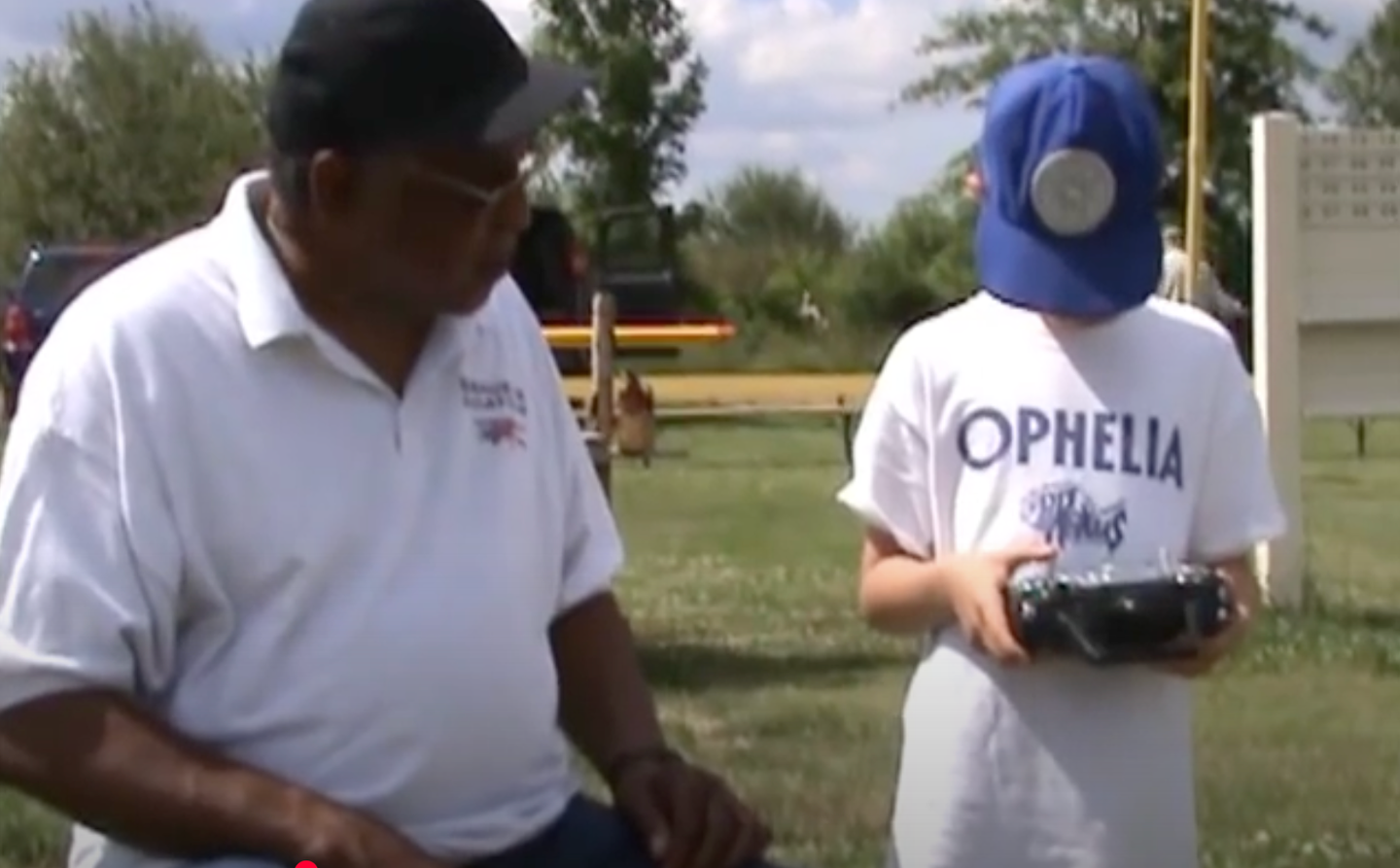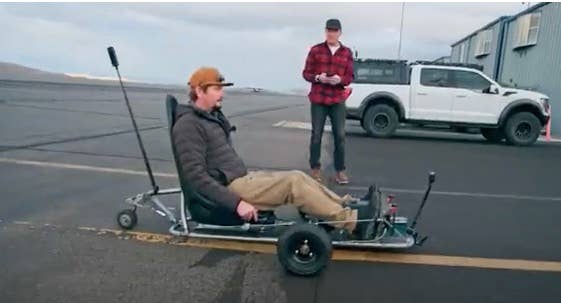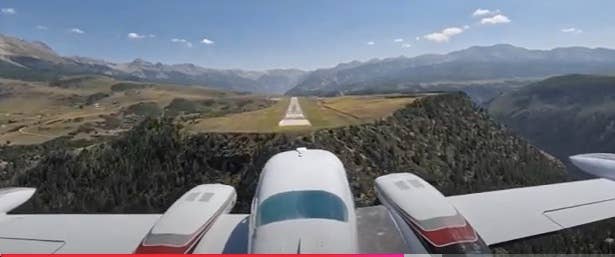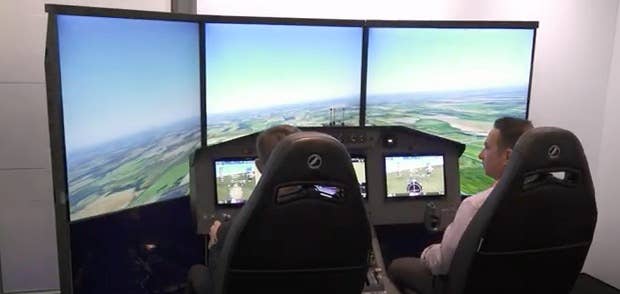Roy Halladay Crash Dissected
On April 14th, 2020, the NTSB released the docket for the fatal crash of an Icon A5 piloted by baseball star Roy Halladay. In this video, AVweb’s Paul Bertorelli comments on the docket findings. You can find the full report on the NTSB site at https://tinyurl.com/y8srdpmc
On April 14th, 2020, the NTSB released the docket for the fatal crash of an Icon A5 piloted by baseball star Roy Halladay. In this video, AVweb's Paul Bertorelli comments on the docket findings. You can find the full report on the NTSB site at https://tinyurl.com/y8srdpmc. If drugs were an issue, they were hardly the only one.
Paul BertorelliEditor
Related Stories






